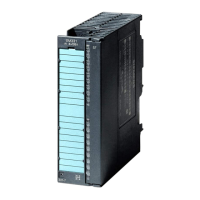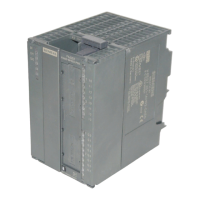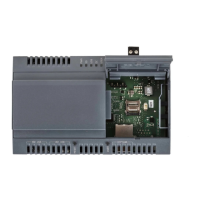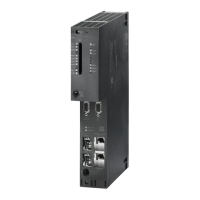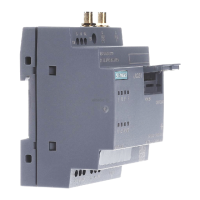Glossary
ET 200pro Distributed I/O System - Fail-Safe Modules
Operating Instructions, 05/2007, A5E00394073-02
167
Industrial Ethernet
Industrial Ethernet is a design that permits fail-safe transmission of data in an industrial
environment.
The openness of PROFINET enables use of standard Ethernet components. However, we
recommend configuring PROFINET as Industrial Ethernet.
Module Fault
Module faults can be external faults (e.g., missing load voltage) or internal faults (e.g.,
processor failure). An internal fault always requires module replacement.
Monitoring Time
-> PROFIsafe Monitoring Time
Motor Starter (MS)
Motor starter is the generic term for direct starters and reversing starters. Motor starters
determine motor startup and direction of rotation.
M-Switch
Each fail-safe digital output of ET 200pro F-modules consists of a P-switch (current sourcing)
and an M-switch (current sinking). The load is connected between the P- and M-switches.
The two switches are always controlled so that voltage is applied to the load.
Nonequivalent Sensor
A nonequivalent -> sensor is a reversing switch that is connected to two inputs of an -> F-I/O
(via two channels) in -> fail-safe systems (for -> 1oo2 evaluation of sensor signals).
Passivation
If an -> F-I/O detects a fault, it switches either the affected channel or all channels to a ->
safe state; that is, the channels of this F-I/O are passivated. The F-I/O signals the detected
fault to the -> F-CPU.
In the case of an F-I/O with inputs, if channels are passivated, the -> F-system provides fail-
safe values for the -> safety program instead of the process data pending at the fail-safe
inputs.
In the case of an F-I/O with outputs, if passivation occurs, the F-system transfers fail-safe
values (0) to the fail-safe outputs instead of the output values provided by the safety
program.
PG
Programming device (PG): Personal computer in a special compact industrial design. A PG
is fully equipped for programming SIMATIC automation systems.
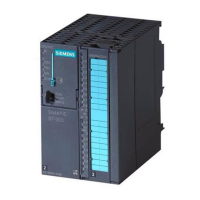
